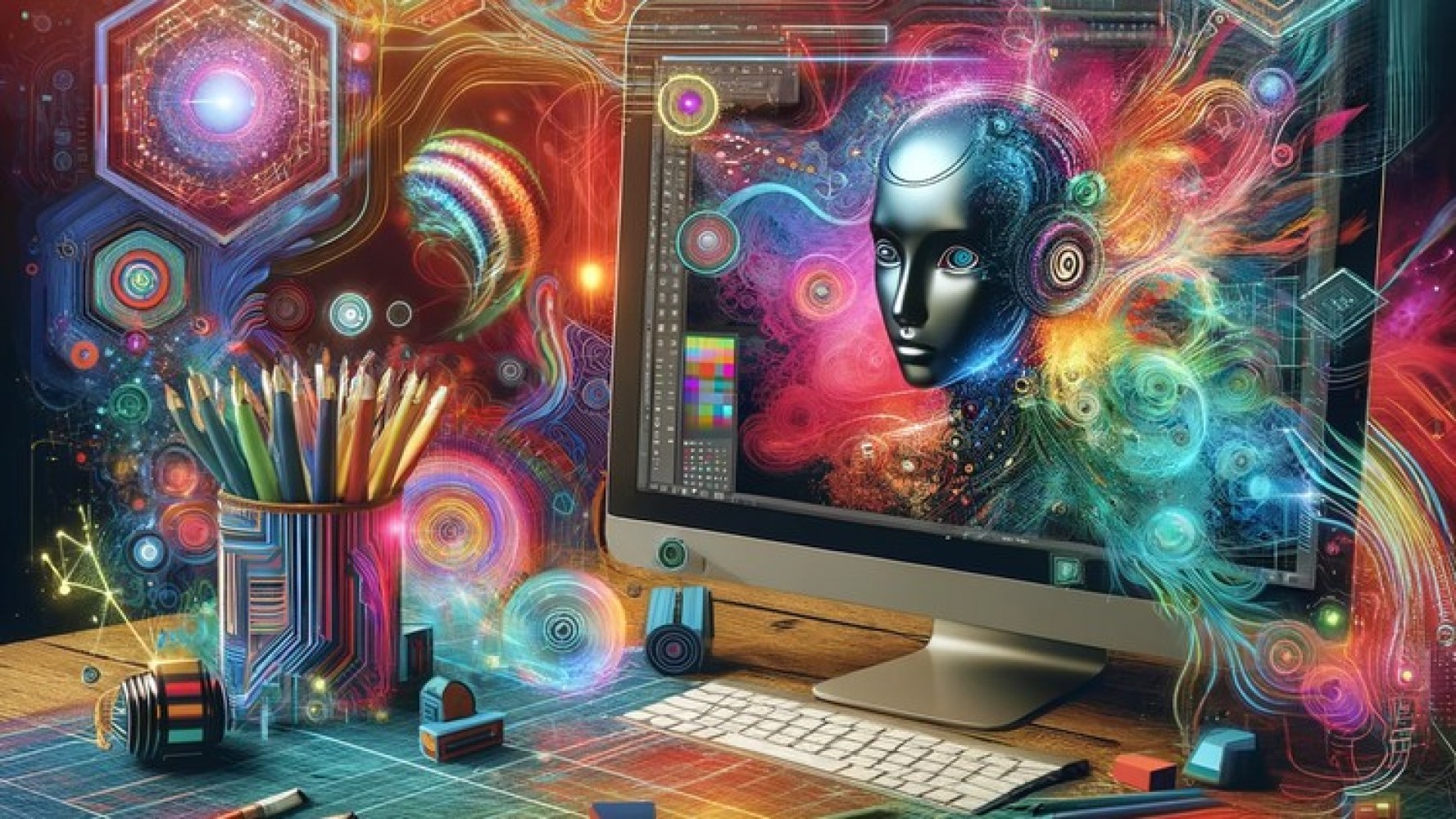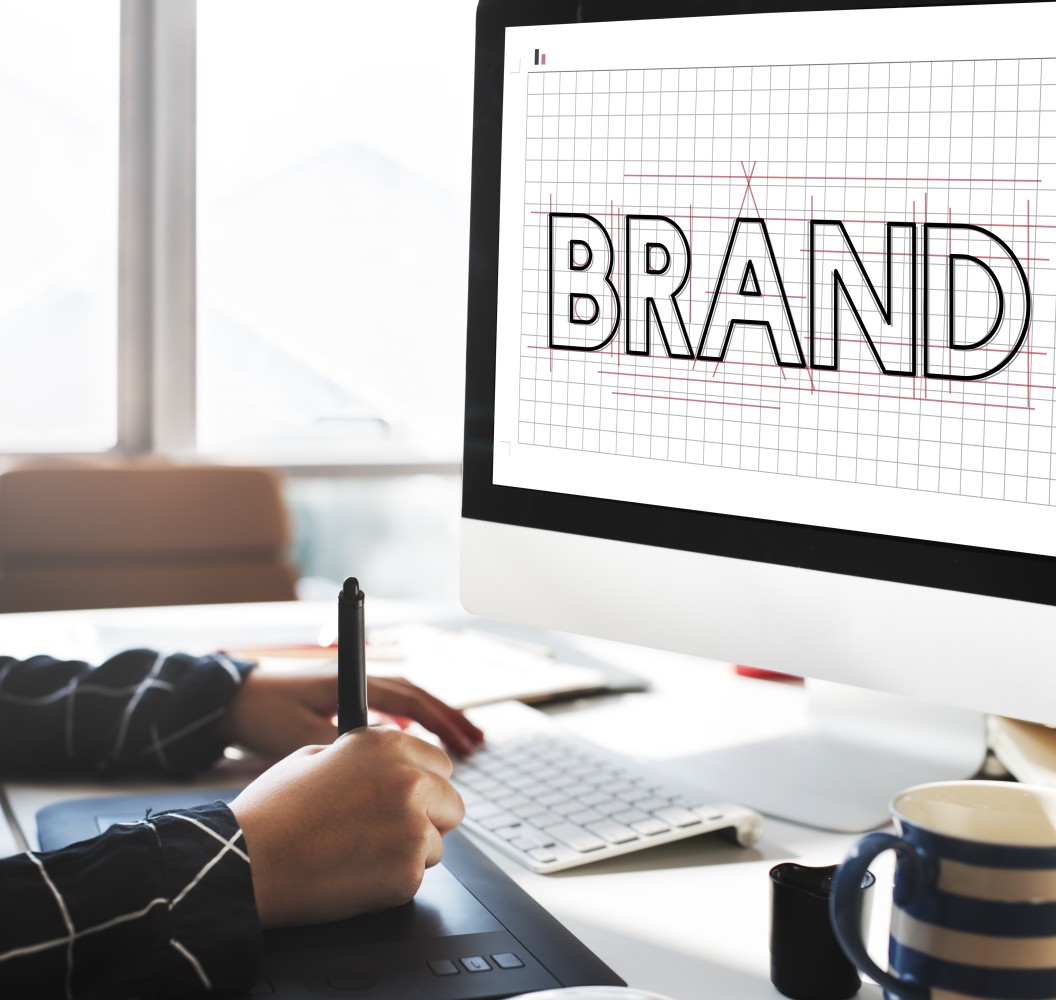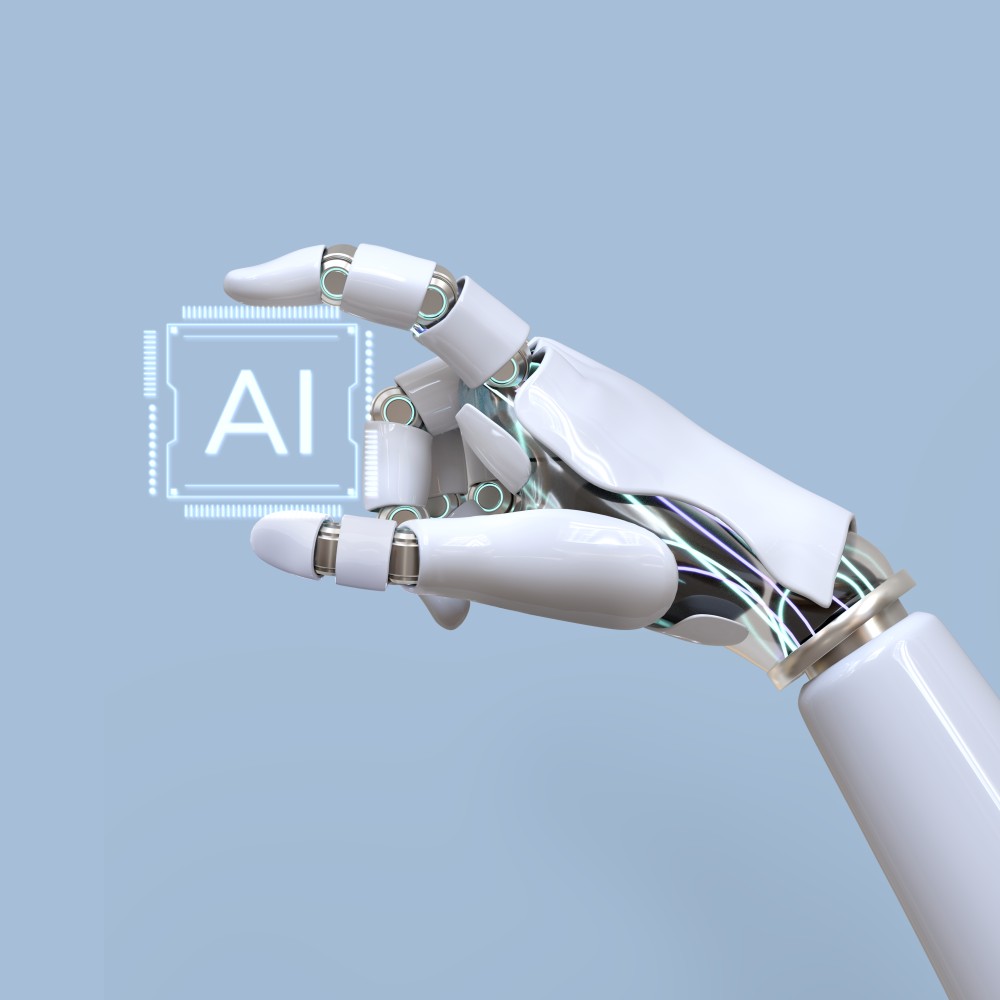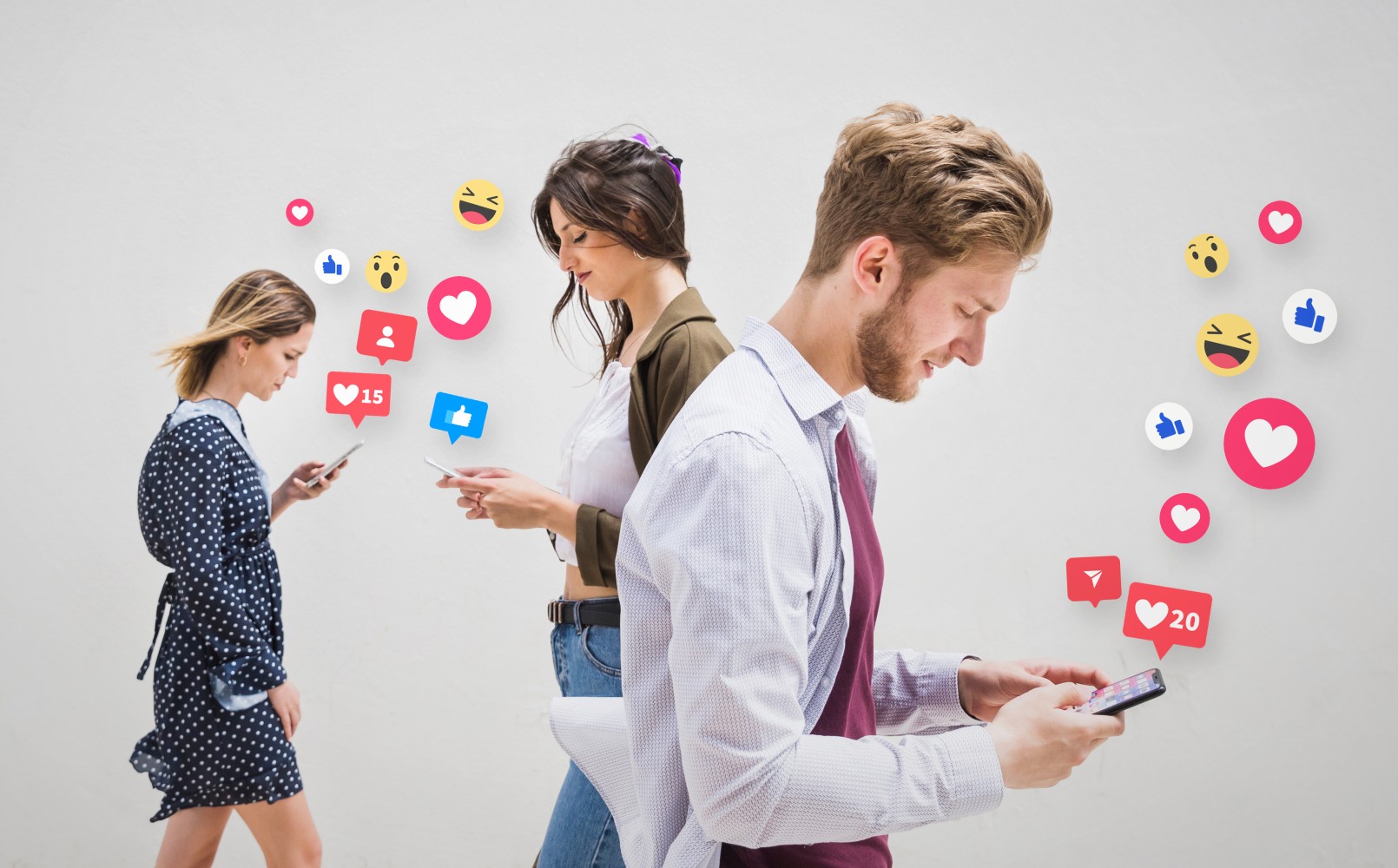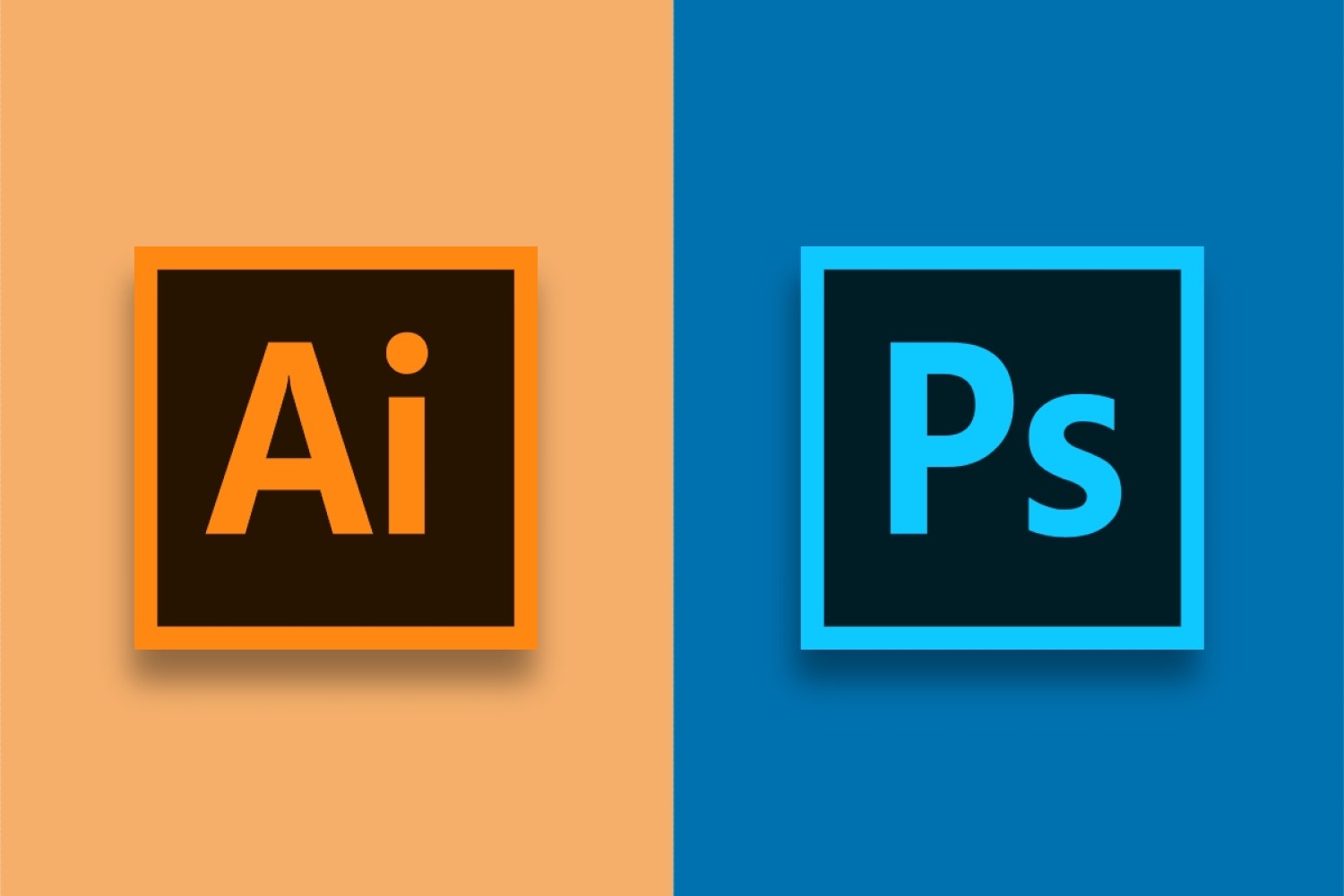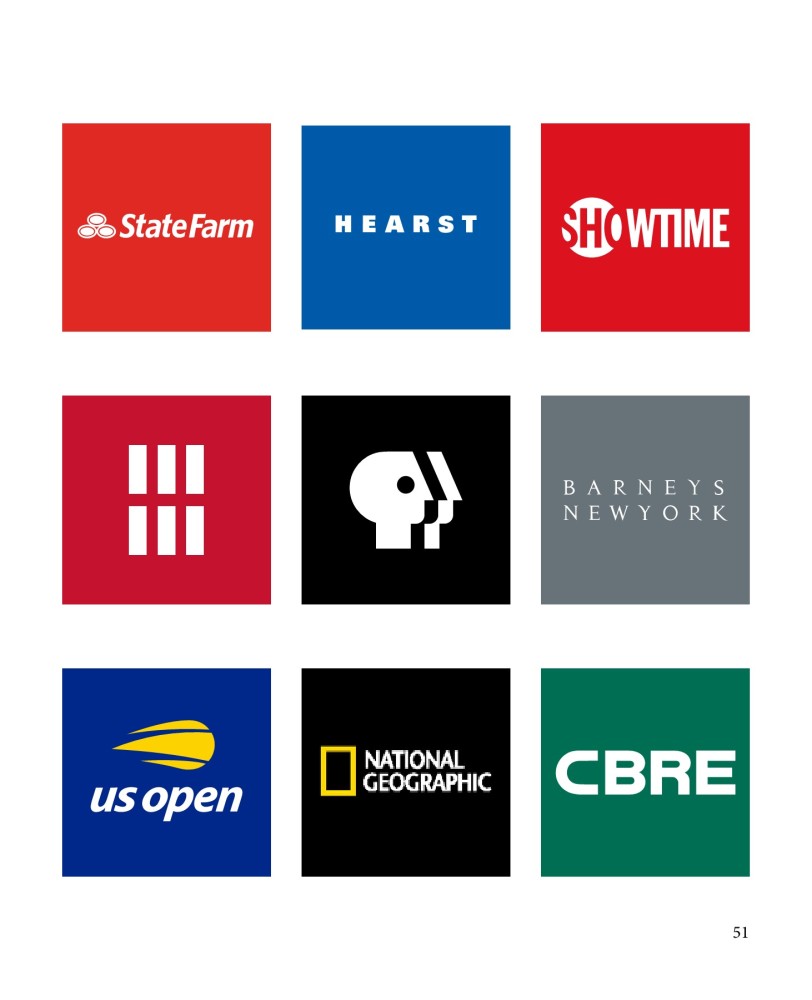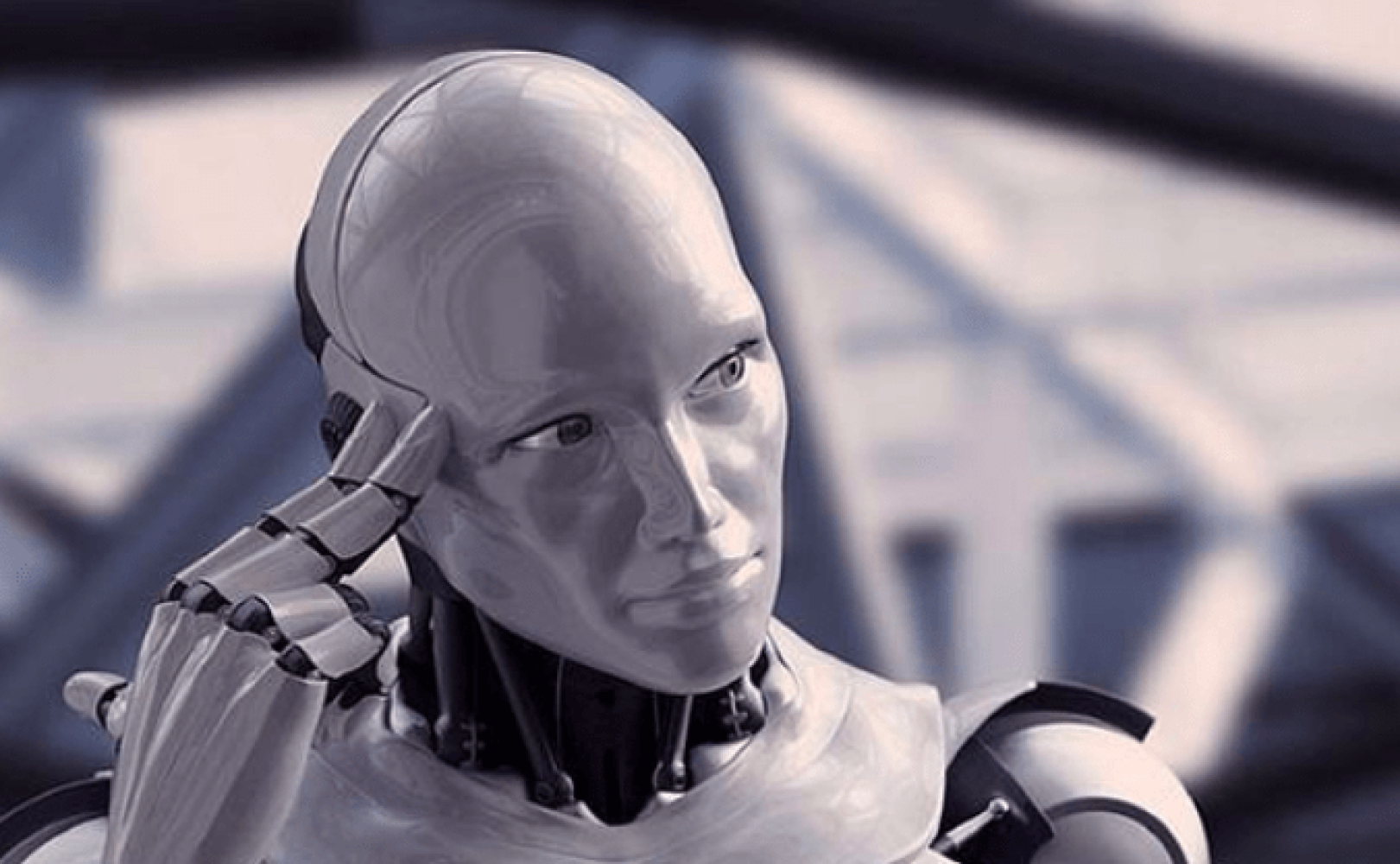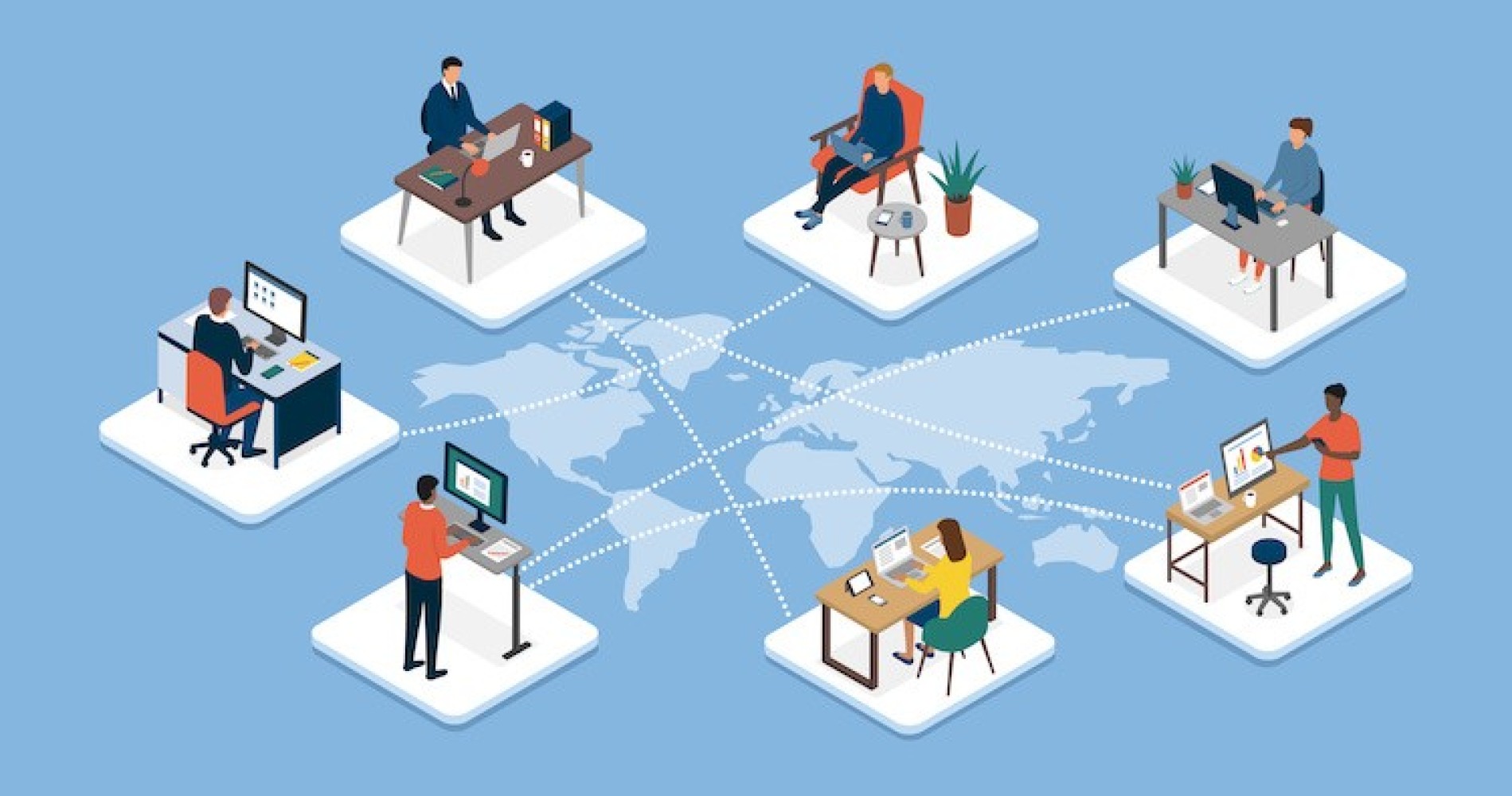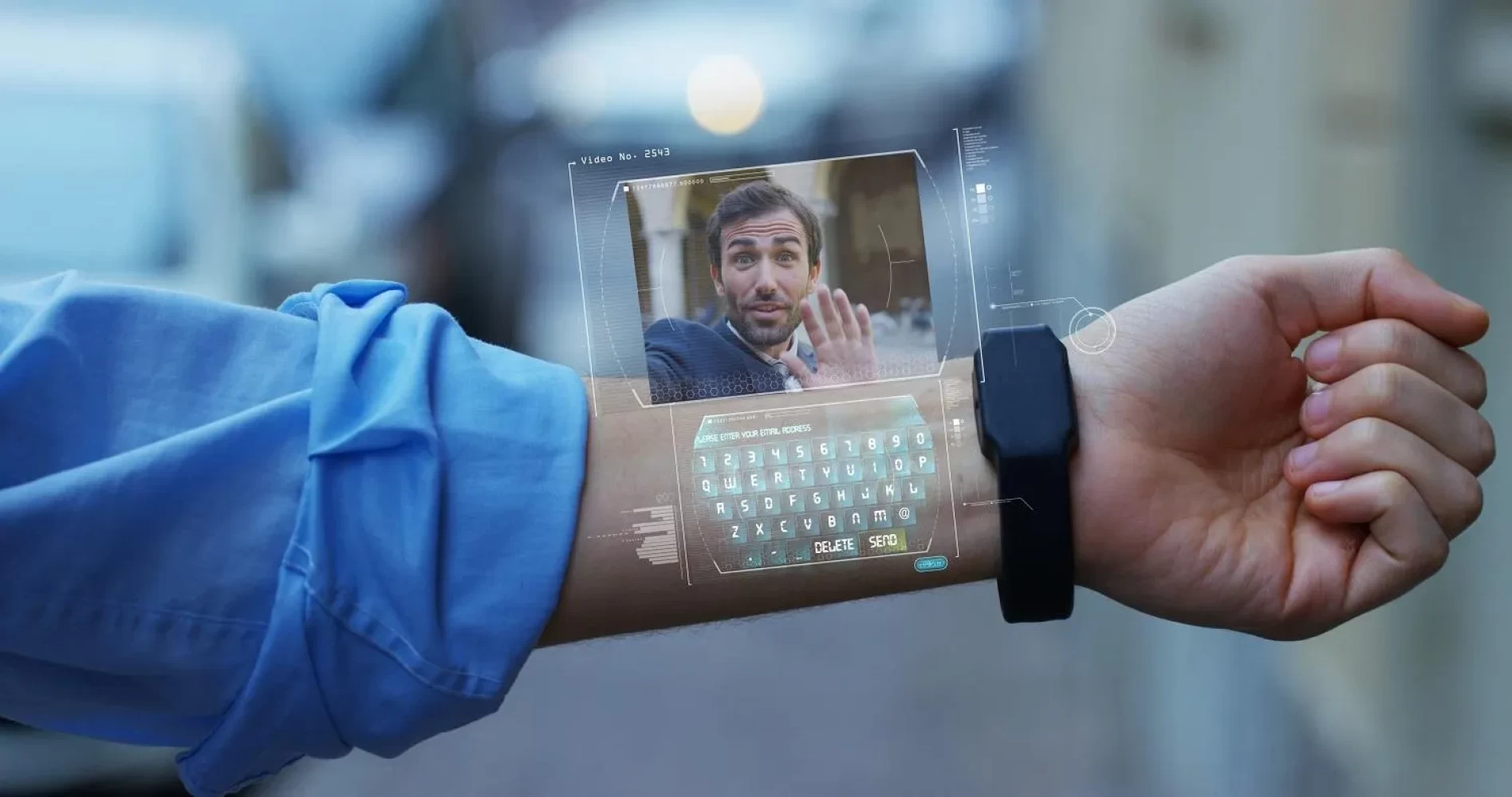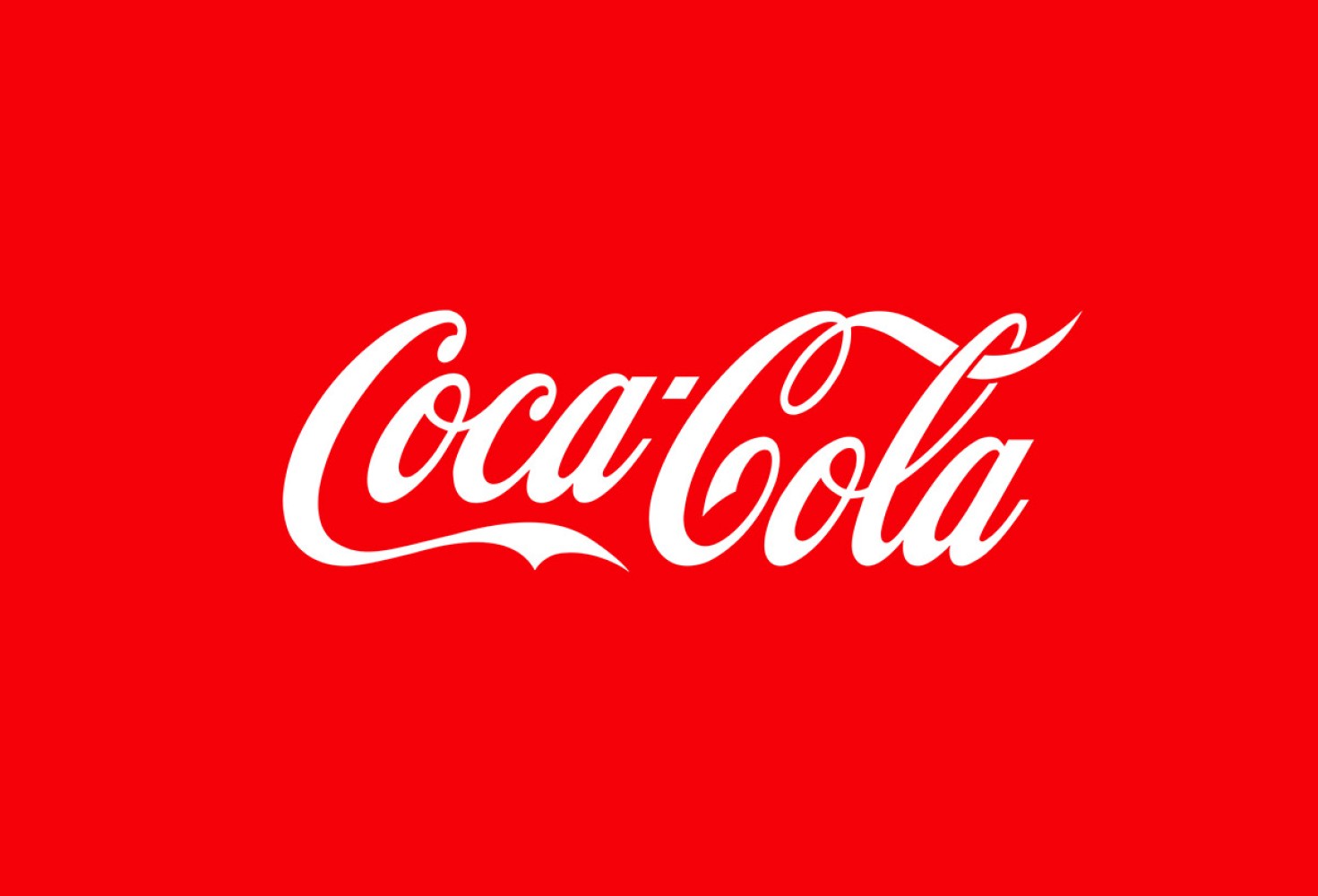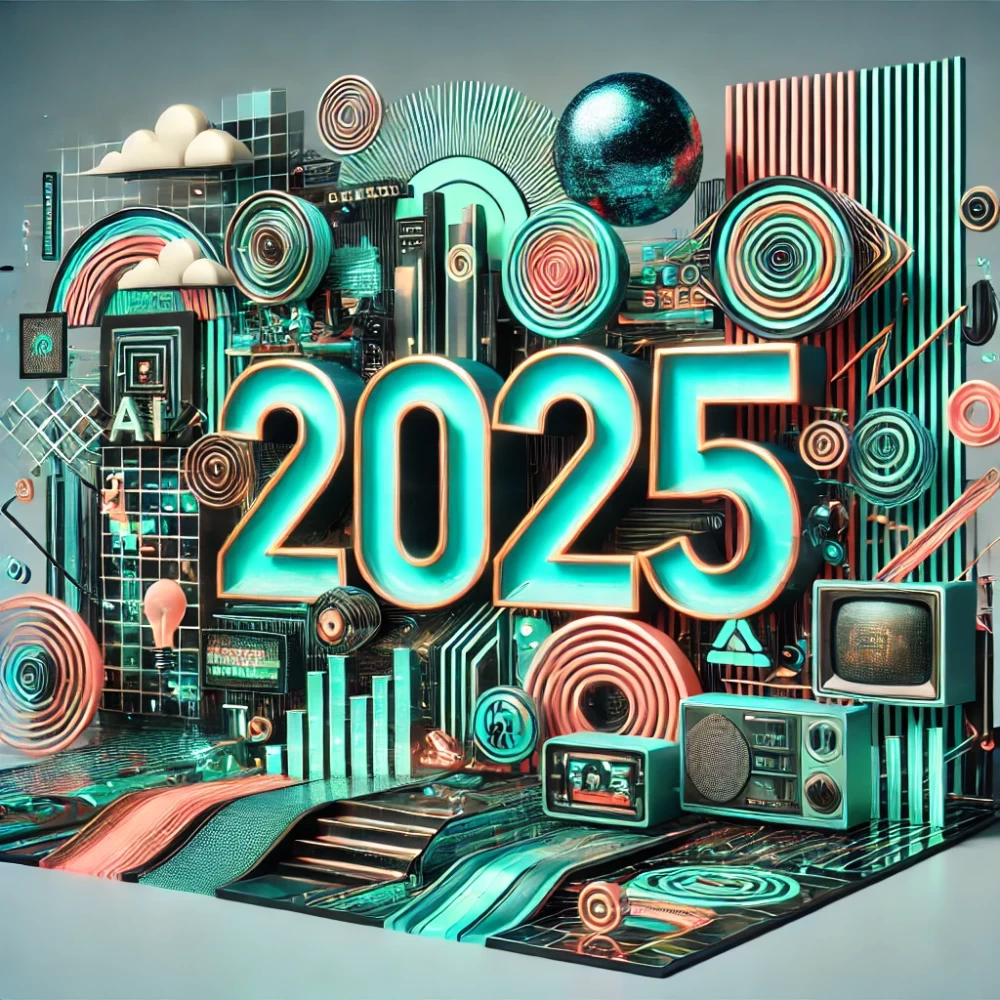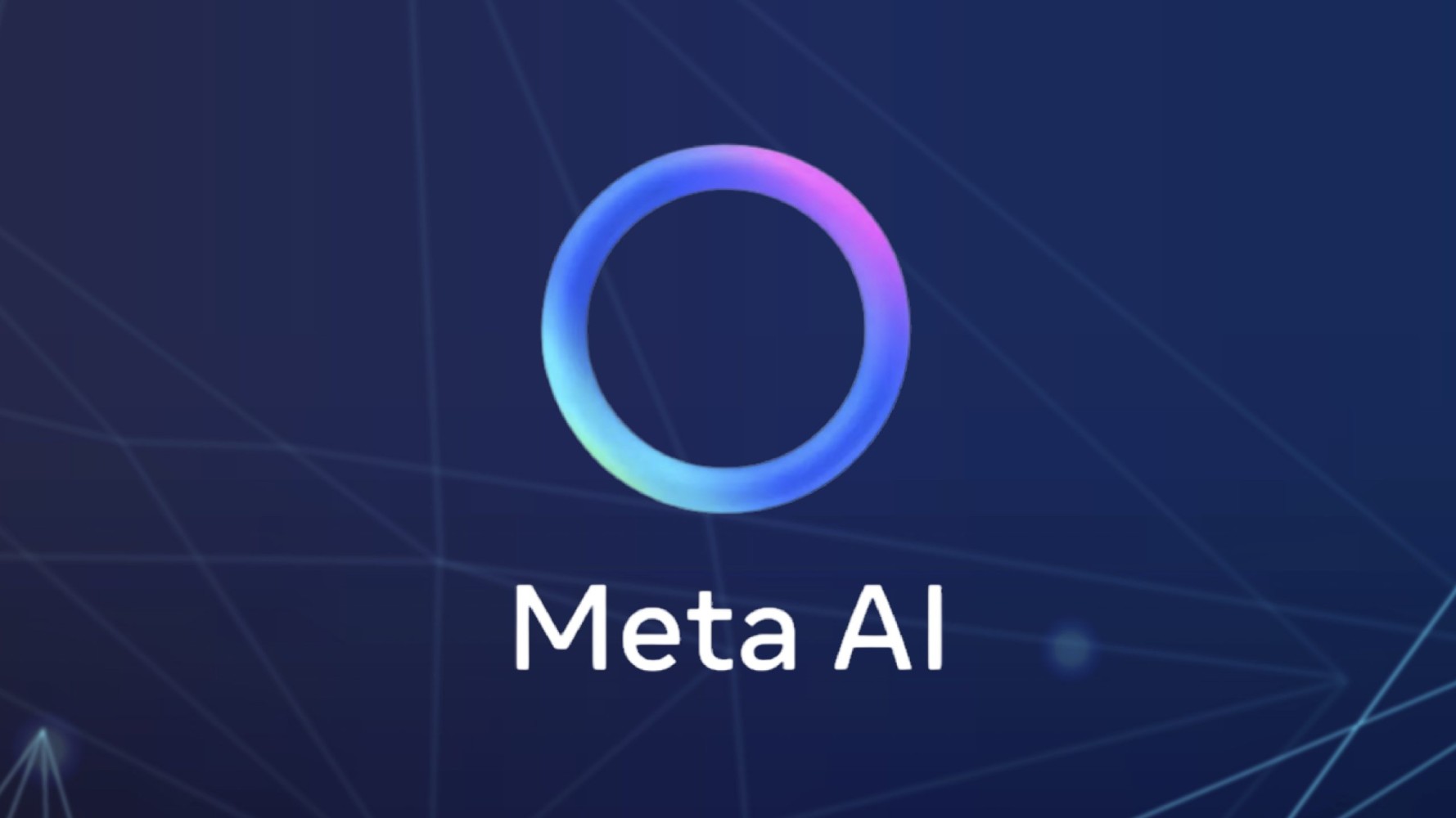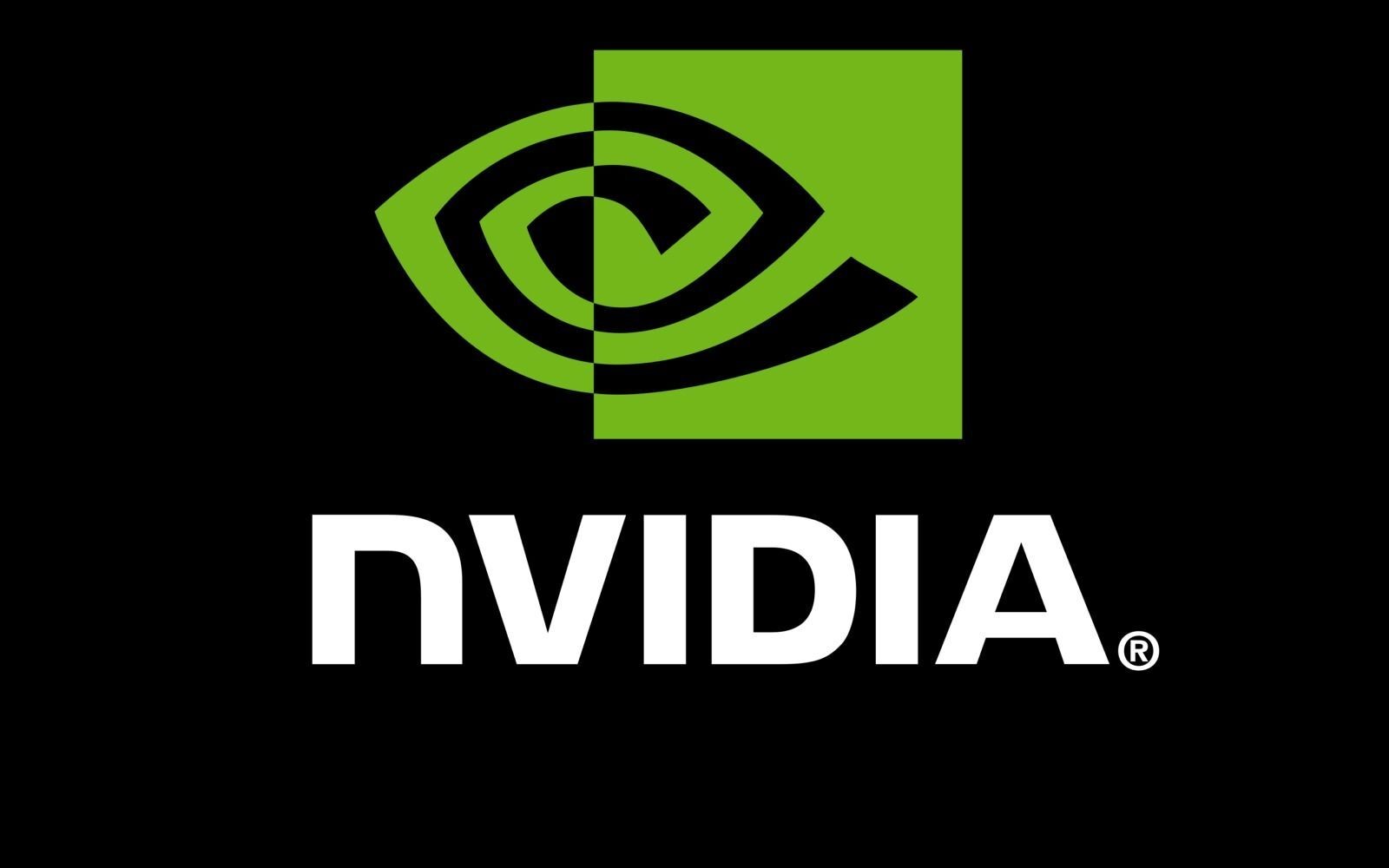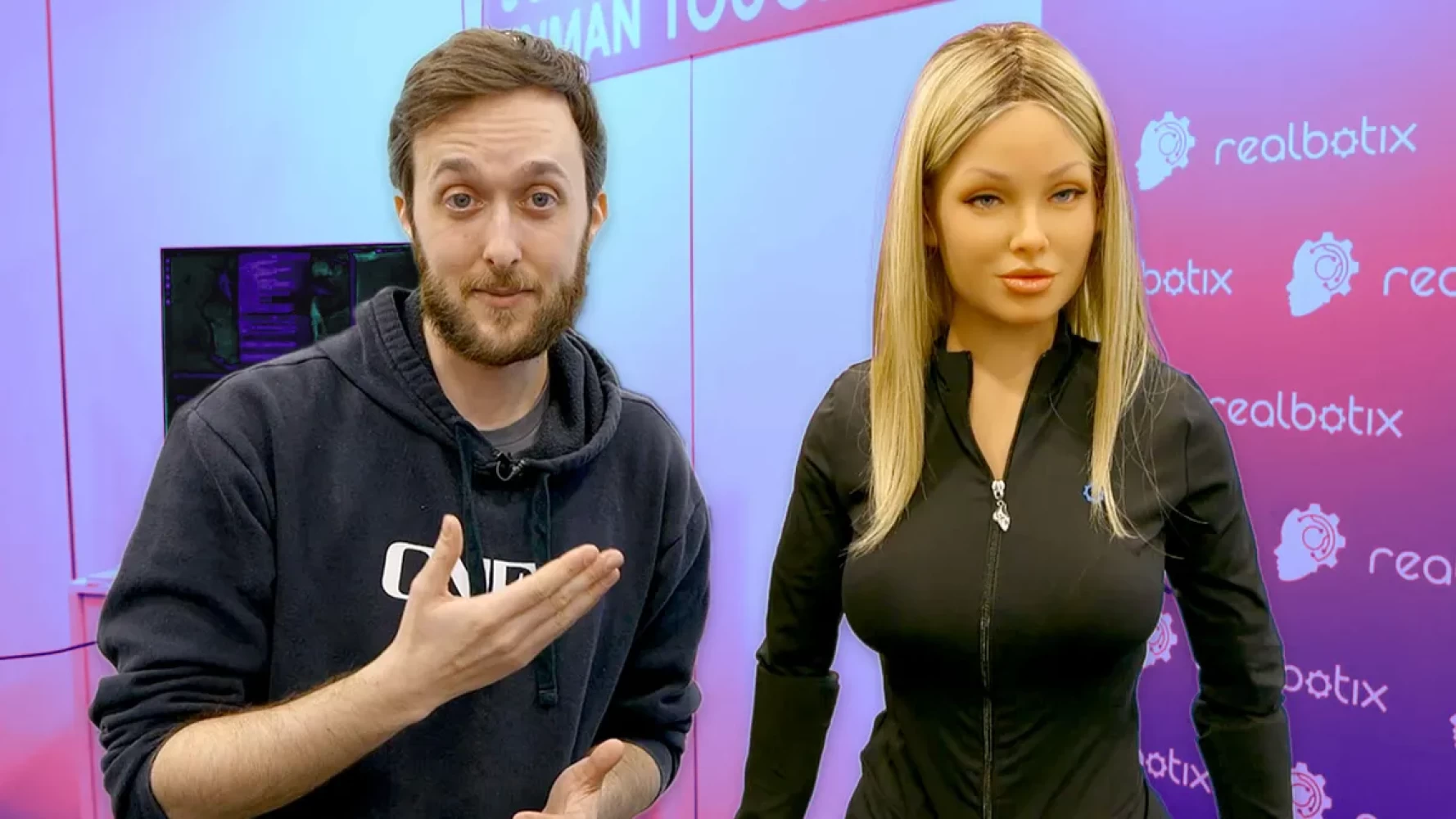AI in Graphic Design: Beyond the Basics
Artificial Intelligence (AI) is rapidly transforming various industries, and graphic design is no exception. Beyond the basic applications of AI, such as automated image editing and color correction, advanced AI technologies are pushing the boundaries of creativity and efficiency in graphic design. This blog explores some of the more sophisticated uses of AI in graphic design, including generative design, automated layout adjustments, and more, to understand how these innovations are shaping the future of design.
Generative Design: Crafting the Future of Creativity
Generative design is one of the most exciting advancements in AI-driven graphic design. Unlike traditional design methods, which often rely on manual input and iterative processes, generative design uses algorithms to explore a vast range of design possibilities. Here’s how it works:
- Algorithmic Creativity: Generative design leverages algorithms to create multiple design variations based on predefined parameters. Designers input their constraints and goals, such as size, material, and performance criteria, and the AI generates a range of potential designs. This approach allows for the exploration of innovative solutions that might not be apparent through conventional methods.
- Enhanced Efficiency: By automating the design generation process, AI tools can significantly reduce the time and effort required to develop new design concepts. This efficiency allows designers to focus on refining and iterating on the most promising designs rather than starting from scratch.
- Unique Aesthetics: Generative design often results in unique and unexpected aesthetics. AI can combine elements in novel ways, leading to visually striking and unconventional designs that might not emerge from traditional design processes.
Automated Layout Adjustments: Streamlining Design Workflows
Layout design is a critical aspect of graphic design, and AI is revolutionizing how layouts are created and adjusted. Here’s how AI enhances layout design:
- Dynamic Layouts: AI algorithms can analyze the content and context of a design to automatically adjust layouts for optimal visual impact. For example, AI can reposition elements, adjust spacing, and align text to create a more balanced and aesthetically pleasing layout.
- Content Adaptation: Automated layout adjustments can help designers create responsive designs that adapt to different screen sizes and formats. AI can analyze the content of a design and adjust the layout accordingly, ensuring a consistent and engaging user experience across various devices.
- Design Consistency: AI tools can ensure design consistency by automatically applying design rules and guidelines across multiple layouts. This consistency is crucial for maintaining brand identity and creating a cohesive visual experience.
AI-Driven Typography and Font Creation
Typography plays a crucial role in graphic design, and AI is making significant strides in this area as well:
- Font Generation: AI can be used to create new fonts by analyzing existing ones and generating variations. Tools like FontForge and Glyphr Studio use AI algorithms to generate fonts that are both aesthetically pleasing and functional.
- Dynamic Typography: AI can also enhance typography by adjusting font sizes, weights, and styles based on the context of the design. This dynamic typography ensures that text remains legible and visually appealing in different settings.
AI in Design Optimization: From Concepts to Execution
AI is not just about creating new designs; it also plays a crucial role in optimizing existing ones:
- Predictive Analytics: AI tools can analyze user behavior and preferences to predict which design elements are most likely to resonate with the target audience. This data-driven approach helps designers make informed decisions and optimize their designs for maximum impact.
- A/B Testing: AI can automate A/B testing of design variations to determine which version performs best. By analyzing user interactions and feedback, AI can provide insights into which design elements are most effective.
- Real-Time Feedback: AI-powered tools can provide real-time feedback on design elements, such as color contrast, accessibility, and visual hierarchy. This feedback helps designers make adjustments on the fly, improving the overall quality of the design.
The Future of AI in Graphic Design
As AI technology continues to evolve, its role in graphic design is likely to expand even further. Here are some potential future developments:
- Enhanced Creativity: Future AI tools may offer even more advanced creative capabilities, allowing designers to explore new forms of artistic expression and innovation.
- Seamless Integration: AI is likely to become more seamlessly integrated into design workflows, providing designers with intuitive tools that enhance their creativity and productivity.
- Collaborative AI: AI may increasingly act as a collaborative partner in the design process, working alongside human designers to generate ideas, provide feedback, and refine concepts.
Conclusion
AI is revolutionizing graphic design by offering advanced tools and techniques that push the boundaries of creativity and efficiency. From generative design and automated layout adjustments to AI-driven typography and design optimization, these innovations are transforming how designers approach their work. As AI technology continues to advance, it will undoubtedly play an even more significant role in shaping the future of graphic design, offering new opportunities for creativity and innovation. Embracing these advancements allows designers to stay at the forefront of their field and create visually stunning and impactful designs.


